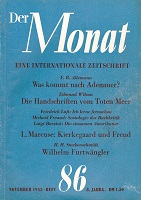
DER MONAT. 08. Jahrgang 1955 Nummer 86
Please download/open the Introduction-PDF which you find below to see en détail what you can find in this issue. Thank you.
More...We kindly inform you that, as long as the subject affiliation of our 300.000+ articles is in progress, you might get unsufficient or no results on your third level or second level search. In this case, please broaden your search criteria.

Please download/open the Introduction-PDF which you find below to see en détail what you can find in this issue. Thank you.
More...
Please download/open the Introduction-PDF which you find below to see en détail what you can find in this issue. Thank you.
More...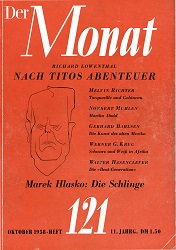

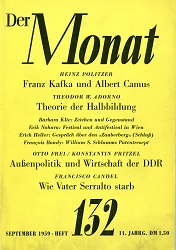
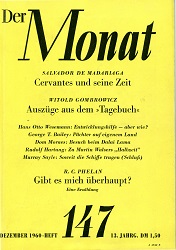
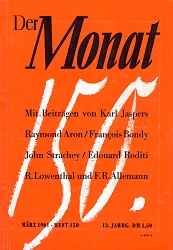
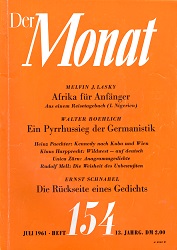
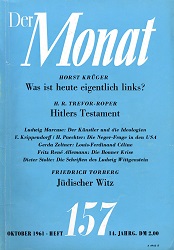

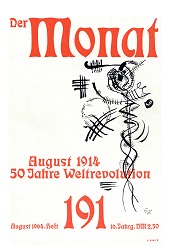
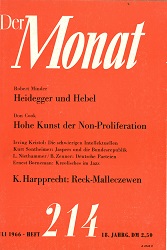
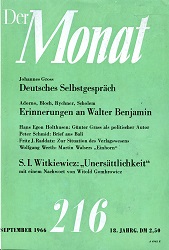
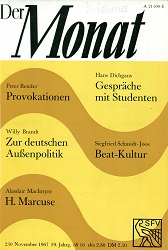
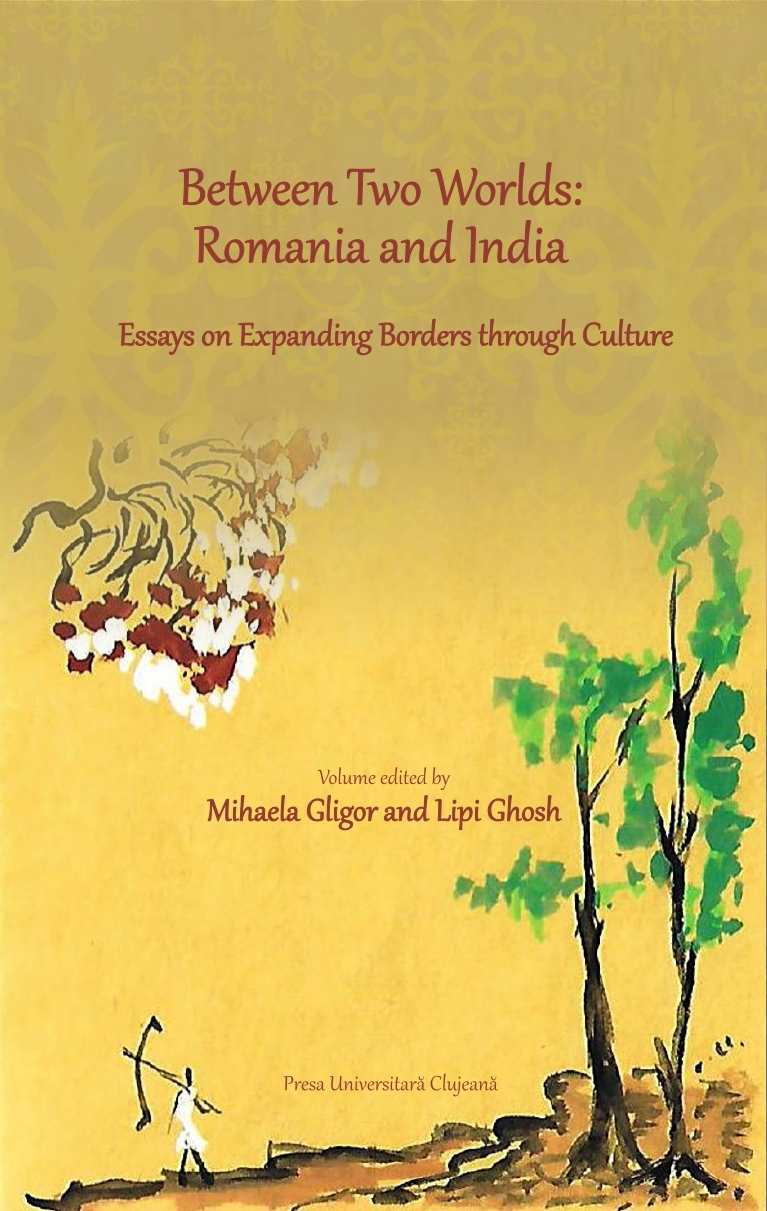
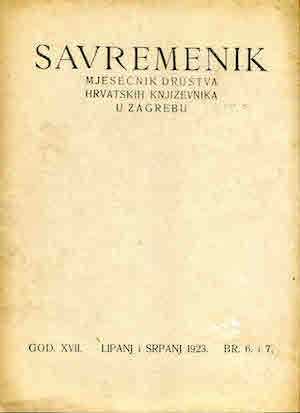
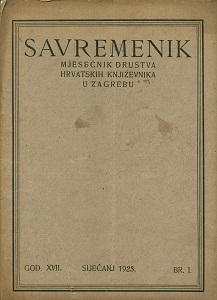
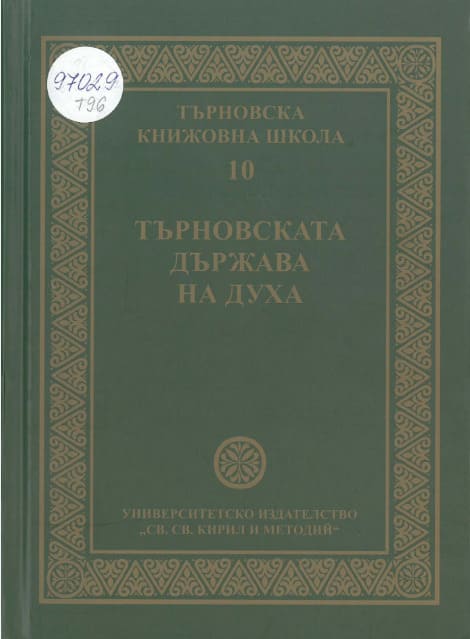
The article treats the means of expression of hesychastic apophaticism, used by Old Bulgarian writers of the 14th – 15th centuries, and the author tries to show that these means are very old, and were characteristic even for the mind of primitive people. He pays attention to the synonymy of ‘aphophatic’ negative pronouns and ‘cataphatic’ summative pronouns; to the pleonastic use of the negative particle не; to the syntactic but- constructions; and to necessative constructions.
More...
Common trends of Balkan painting as basic cultural locus of old Byzantine culture influenced Medieval iconographic models of wall-painting heritage of Christian temples in Tarnovo and its region dating from XV – XVIII century. Iconography was developed and enriched by symbolic images and interpretations of motives and events fundamental in Christian philosophy, Bible and hymnography. Artistic tradition of Christianity, strongly apparent in theocentric compositions of church vaults of that period revealed the ideas of Protoimage of God and its realization in cognizable world.
More...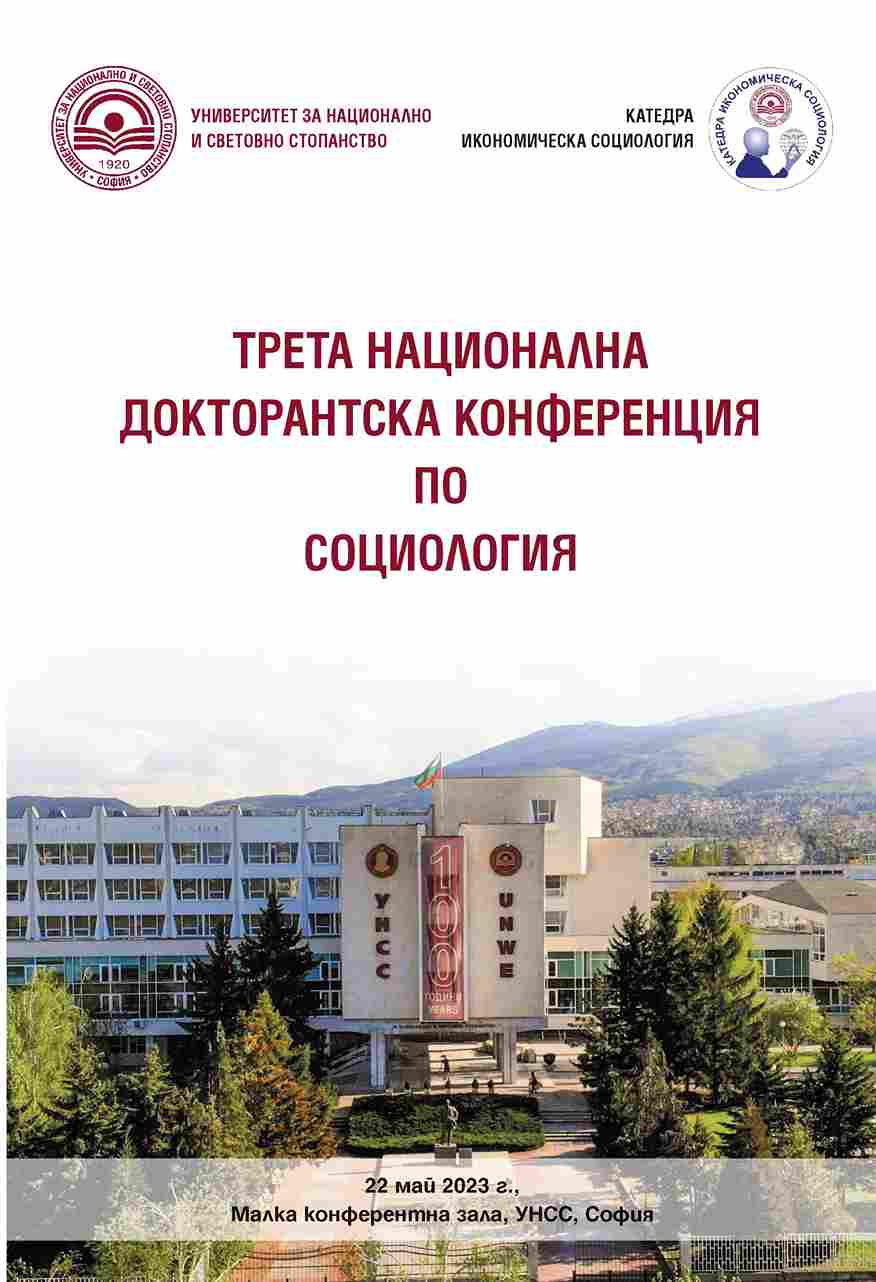
The subject of the research is transhumanism and its influence on political changes. The report is a revised part of the dissertation chapters I defended in January 2023. The paper's title is: „Transhumanism and human enhancement: conceptual perspectives, communities, and risks“. The scientific and technological expansion helps the emergence of political parties professing a transhumanist ideology. The analysis uses data obtained by conducting 1 semi-structured interview with a leader of a transhumanist party; from party manifestos, documents, literature, and research by other scholars on the subject. The political landscape is updated with themes related to transhumanism: especially the attitude toward applying NBIC technologies (nanotechnology, biotechnology, artificial intelligence, cognitive science, and robotics).
More...